fChinese President Xi Jinping’s visit to Manila on November 20 and 21 came at a critical juncture in the evolving regional order. This year’s Asian summitries, namely the Association of Southeast Asian Nations (ASEAN) and the Asia Pacific Economic Cooperation (APEC) high-level meetings, bore witness to an undeclared Cold War between the United States and China. And Xi’s underwhelming visit to Manila, which failed to seal a strategic alliance, only exposed China’s premature bid for hegemony, which has rattled neighboring states.
Singapore’s Prime Minister Lee Hsien Loong underscored the stark implications of rising Sino-American tensions for smaller regional states, which may eventually be forced to “to take sides,” even if not having to do so is “very desirable.” As a regional swing state and an American treaty ally, the Philippines has emerged as a critical node in the ongoing Sino-American competition for regional primacy.
Under President Rodrigo Duterte, the Southeast Asian country has turned into a potential crown jewel for Xi’s “peripheral diplomacy,” which aims to charm estranged neighbors through massive economic inducements. Despite high expectations, however, the Chinese leader’s visit failed to produce any major breakthrough on areas of shared concern.
If anything, it even provoked a domestic backlash against tightening bilateral linkages. Far from falling into the Chinese orbit of influence, the Philippines is carefully hedging its bets. This only highlights the agency of smaller powers and the fragility of China’s bid for hegemony in Asia.
Perils of Triumphalism
In many ways, Xi is paying the cost of his misplaced strategic triumphalism, prematurely celebrating China’s search for a place in the sun. In recent months, he has come under criticism at home and abroad for ditching Deng Xiaoping’s “hide and bide” dictum in favor of unrestrained assertiveness on the international stage.
No less than Long Yongtu, China’s former chief trade negotiator who oversaw the country’s accession to the World Trade Organization, has openly criticized the Xi administration for refusing to “think deeply enough” in dealing with international partners, particularly Washington.
As a prominent China expert observed, there are “indication[s] that the disharmony within China’s party elite is increasing.”
China’s rising influence has also provoked backlash across the region, with a growing number of countries, including Maldives, Malaysia, Pakistan, and Australia, revisiting their strategic and economic relations with Beijing. China’s much-vaunted Belt and Road Initiative (BRI) is now increasingly seen through the lens of Sri Lanka’s debt trap.
Add to this China’s ham-fisted “tantrum diplomacy,” which has alienated a lot of smaller nations. This was poignantly on display during the APEC summit, when Chinese diplomats reportedly forced their way into Papua New Guinea’s foreign minister’s office to demand changes to the proposed joint communiqué.
The upshot was a testy showdown between Washington and Beijing that prevented the APEC, for the first time in its two-decades-long history, from issuing a joint communiqué. Despite the best efforts of middle powers, particularly Indonesia and Australia, they failed to broker a compromise between the two superpowers on the final language of the joint statement.
Even worse, China has now provoked a reinvigorated U.S. “pivot” to Asia under the Trump administration, which has stepped up its efforts, together with like-minded regional powers, to constrain Chinese influence across the Indo-Pacific. In cooperation with Japan and Australia, Washington has launched the Indo-Pacific Transparency Initiative to track, expose, and counter China’s “debt trap” diplomacy and threats to freedom of navigation and overflight in the region.
Together with Australia, Washington has decided to augment defense and strategic ties with South Pacific countries in order to check China’s growing footprint in the region. And together with India, Japan, and Australia, the Trump administration is countering China’s growing strategic footprint across the Indian Ocean. In many ways, this is the real pivot to Asia that many observers had expected earlier.
Less than Meets the Eye
Against the backdrop of regional backlash, Xi was desperate for a diplomatic breakthrough in the Philippines. And he had reasons for hope, since no Chinese leader has come this close to extracting the Southeast Asian country from America’s orbit of influence.
Under Duterte’s watch, Manila has not only downplayed its bitter territorial disputes with Beijing but has also downgraded security relations with Washington. The Filipino president, who views China as a critical ally, has rejected American requests to preposition weapons and equipment in critical military bases close to the disputed South China Sea, while blocking U.S. warships from using Philippine ports en route for Freedom of Navigation Operations in the area.
As a result, he has hamstrung Washington’s ability to optimally deter Chinese maritime assertiveness in adjacent waters. Moreover, Duterte has granted China unprecedented military access to ports and airbases in his hometown of Davao, raising concerns over expanding Chinese military footprint in the Philippines.
No wonder then, China has described Duterte as its “most respected and most important friend,” with Xi relishing how “[o]ur relations have now seen a rainbow after the rain,” in an op-ed published by state news agency Xinhua ahead of his visit to Manila.
During his visit to Manila, the two leaders triumphantly upgraded their bilateral relations into a strategic partnership, which “sends a strong message to the world that our two countries are partners in seeking common development.” And yet, the two sides failed to achieve any major breakthrough on outstanding issues.
Despite all the talk of a resource-sharing agreement in the South China Sea, they ended up only signing an exploratory memorandum of understanding (MOU) on potential joint exploration deals in the contested areas. This was likely due to a deadlock in negotiations amid mounting domestic opposition, including within the Philippine bureaucracy, against any capitulation to China.
The Philippine defense establishment, which has remained skeptical of China and prefers maintaining robust security cooperation with traditional allies such as the United States, reportedly also shut down a Chinese proposal for a maritime and air liaison mechanism in overlapping areas of claim. If anything, next year the Philippines and United States will have 20 more joint exercises (from 261 to 281) with greater focus on maritime security cooperation. This highlights the resilience and robustness of the Philippine-U.S. alliance despite Duterte’s diplomatic pivot to China.
Above all, the Philippines was also frustrated with lack of movement on China’s backlog of infrastructure investments, despite a prominent Filipino minister openly calling on the Chinese leader to “speed up” the processing of projects. Many are beginning to ask what has happened to China’s pledge of $24 billion of investments during Duterte’s 2016 visit to China.
Out of the 29 deals signed during Xi’s visit, mostly MOUs, frameworks, and letters, hardly a single one indicated a swift movement on any of China’s big-ticket projects in the pipeline. So far, among the ten proposed infrastructure projects, only one, the Chico River Pump Irrigation Project, has cleared the preliminary stages of implementation.
As a result, Duterte is coming under growing pressure to re-examine his strategic accommodation of China in favor of a tougher stance in the South China Sea. Absent a breakthrough on major areas of concern, the momentum in Sino-Philippine rapprochement could soon peter out. The underwhelming outcome of Xi’s visit to the Philippines, the supposed crown jewel of his peripheral diplomacy strategy, only highlights the fragility of China’s bid for regional hegemony. Far from becoming a pro-China domino, smaller powers such as the Philippines are carefully hedging their bets, especially amid a revitalized American commitment, along with likeminded powers, to undergird the regional order.
The Brookings Institution is committed to quality, independence, and impact.
We are supported by a diverse array of funders. In line with our values and policies, each Brookings publication represents the sole views of its author(s).

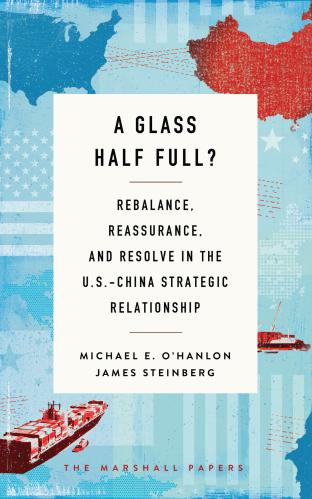
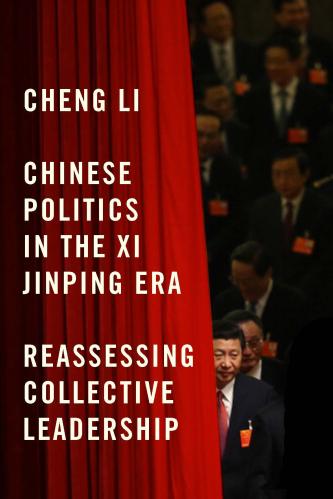

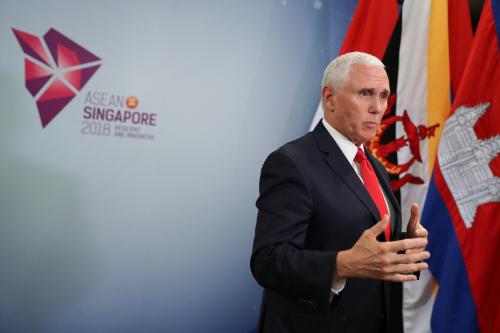
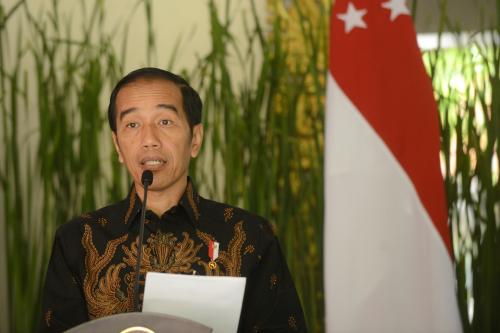


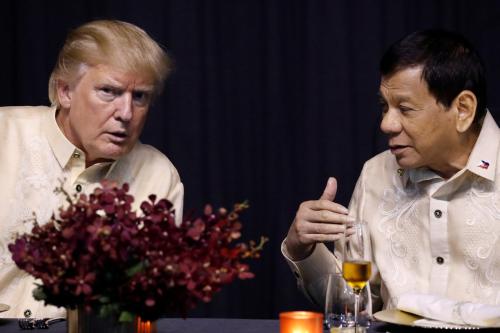

Commentary
China’s premature bid for hegemony in Southeast Asia
November 28, 2018